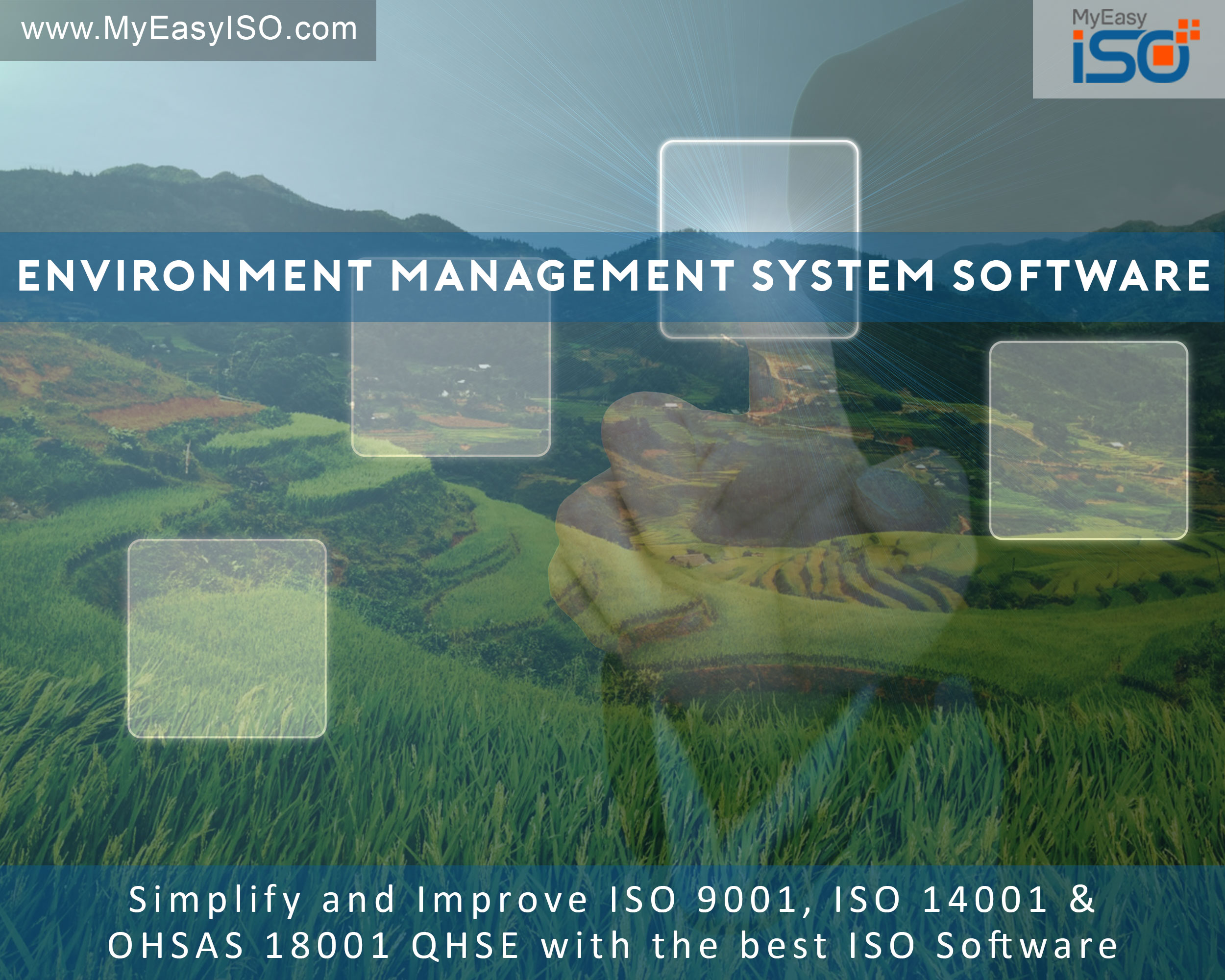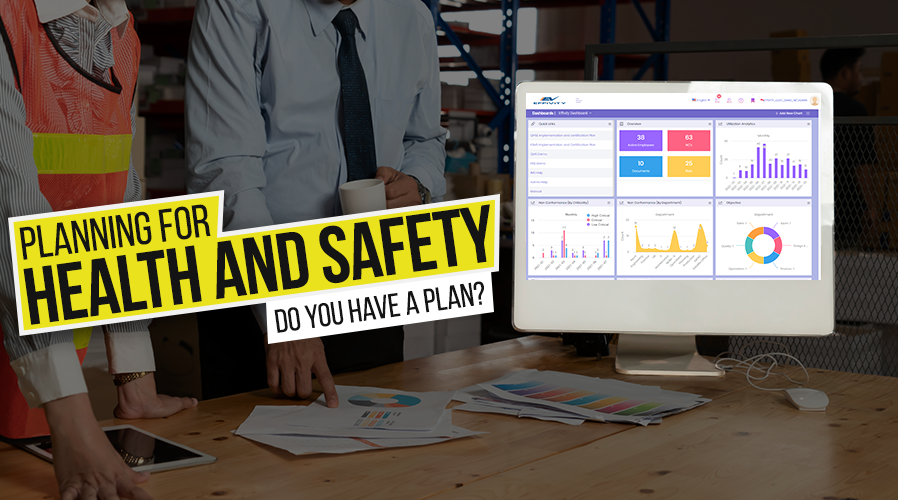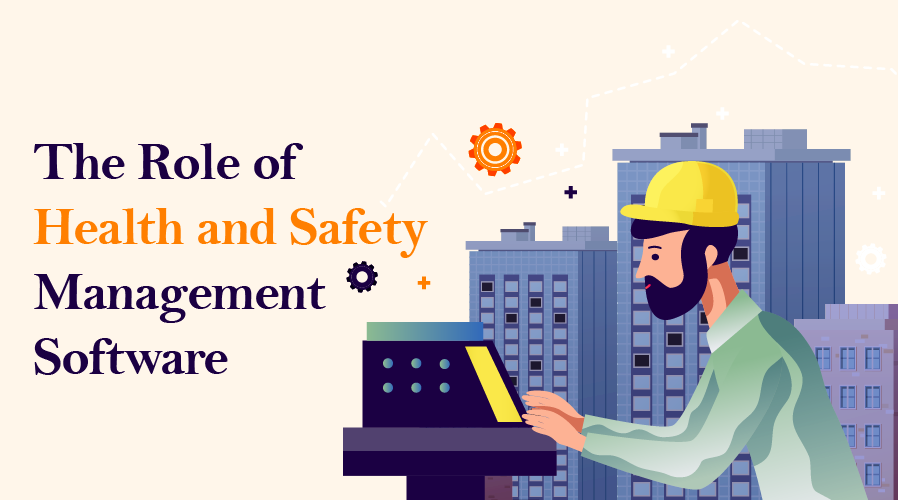
When you implement ISO 14001, one of the things you need to do is evaluate which environmental aspects are considered significant. Environmental aspects are how your company’s processes interrelate with the environment. How do you classify whether an interaction is significant or not? ISO 14001 lists no criteria to help you decide the significance of an impact, so how can you determine what the classification should be? There are a number of things you should look at when you decide on which of your environmental aspects are significant and which are not.
Why determine significant aspects?
It is not possible to manage everything and fortunately, you don’t have to. In a situation where everything is critical and nothing is more important than anything else, nothing gets the first priority. By deciding which the significant environmental aspects are, you are simply highlighting the ones that are important and should be managed. If you recognize the environmental interactions that are most important and should therefore be scrutinized and monitored further, you will be able to set priorities on what has to get attention and what doesn’t.
This will enable you to allocate resources to the relevant areas and you will achieve the best possible return on your investment in an environmental system. Think about it – if only a few aspects are important, it isn’t really logical to invest in managing the other environmental interactions in your business. You can use numerous ways to track all your aspects and identify the significant ones. This can range from a basic spreadsheet to a database and it does not have to be complex.
Which criteria to consider
Below are some general criteria you may want to consider when you want to determine which of your environmental aspects are significant:
- Required by law
This criteria is logical and has no doubt surrounding it. If there is a legal requirement compelling you to manage an environmental aspect, the aspect must be classified as significant. If your waste water treatment plant must meet certain chemical levels before you may discharge it to the effluent system, the measurement and management of these chemical levels will be regulated by law. This should be classified as a significant environmental aspect. If controls or management fails, or the measurement done improperly, you will be non-compliant in a legal sense.
- Harm potential
If your chemical process uses a highly poisonous chemical, it has a bigger probability to do environmental damage as a result of a spill than would be the case for a process that utilizes a relatively harmless chemical. This is owing to the characteristics of the chemicals used and the potential harm to the environment due to a spill. In an office, reducing printing waste to lower paper usage, electricity and printing chemicals may be more important than another environmental aspect if the practice is prevalent and many supplies are wasted.
- Frequency
If you for instance use very harmful chemicals in the maintenance and cleaning process for a machine and this only happens yearly, it may not be a significant potential impact on the environment if any potential spill is likely to be small and contained. Other daily processes with less harmful chemicals might cause a greater potential impact on the environmental, and it would therefore be more logical to monitor and manage these.
- Importance to stakeholders
Stakeholders in your company aren’t only your employees, customers and investors. Those that live in the community in the vicinity your premises can also be considered as stakeholders, so what’s significant to them needs to be considered. One of your processes may create a horrible smell that does not concern the animals and plants around you, but if the smell concerns parents whose children play in proximity to your business, you may have to manage this environmental aspect.
Give your aspects priorities
By determining which environmental aspect are significant, you set the priorities showing your employees what is important to the company to help better the planet. By focusing on the most relevant aspects, you control and could even potentially eliminate those aspects from your business by changing the processes involved. This would be beneficial for both you and your environment. This is after all the reason why an environmental management system is implemented in the first place.
Customers in Vancouver (Canada) have priotized their aspects while implementing ISO 14001 Environmental & OHSAS 18001 Health & Safety Management Systems (HSE) with the MyEasyISO software, while ISO 9001 quality management systems (QMS) is implemented using MyEasyISO software in Buenos Aires (Argentina).











